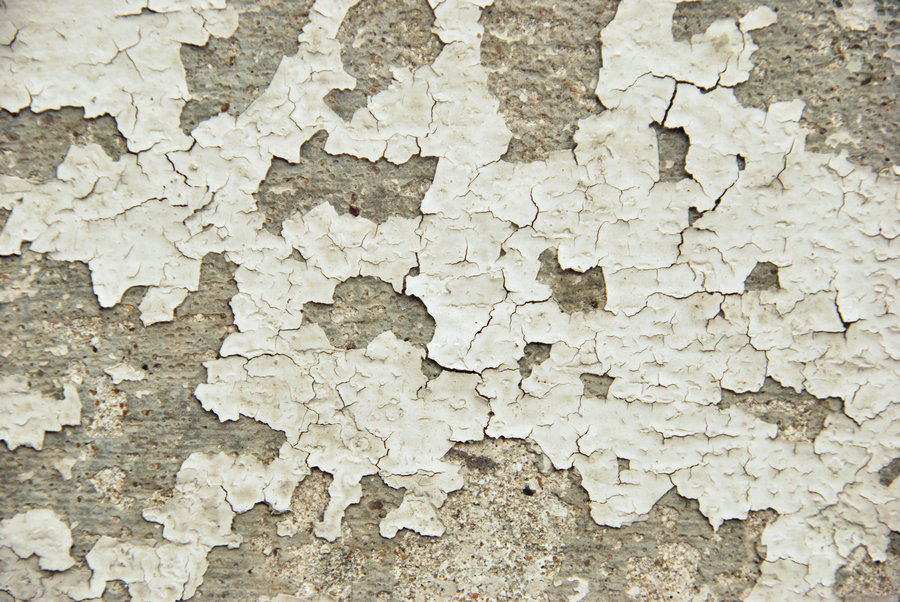
A chemical peel can vary significantly, depending on the type of process and the solutions used. These different procedures will involve various lengths of time for recovery, depending on the nature of the treatment. I prepare my patients for a peel with education about all aspects of the technique.
Different Levels
* Superficial – This process is appropriate for all types of skin because it does not penetrate deeply. Generally, glycolic acid or salicylic acid are used in this preparation.
* Medium – Second-degree burns occur with this type of chemical peel. Trichloroacetic acid is often used for this process. Sometimes this technique involves multiple steps.
* Deep – Second-degree burns also occur with this process. This technique is only performed on the face, and phenol is the active ingredient. People with dark skin cannot undergo this process because bleaching often occurs. Usually if a person is interested in this procedure, ablative lasers are the way to go. Though it is an aggressive procedure, it is much safer.
Preparation
Preparation for the treatment must begin two to three weeks in advance. I instruct my patients to wash their skin twice a day with a special cleanser. Patients must also use a special moisturizer and sunscreen at least once each day. It is extremely important to reapply sunscreen throughout the day if you are going outside even for 15-30 minutes. Applying tretinoin to the skin in advance of the procedure is effective for faster healing. Patients undergoing a medium or deep chemical peel may also receive medicine to prevent infection.
The Process
Superficial peels are simple and virtually pain-free. After applying the liquid to the skin and allowing it to sit for a few minutes, the physician or aesthetician neutralizes it and wipes it off.
For a medium treatment, the agent will stay on the skin for a longer time. Patients may receive a pain reliever or oral sedative to manage discomfort.
Deep procedures can be lengthy and painful. Patients receive a sedative or general anesthesia, along with IV fluids. The active agents must sit on the skin until they penetrate fully, and then a physician removes them. Because of the risk of discoloration, post-operative pain and variable results, deep chemical peels have generally be replaced by ablative lasers.
Recovery time will vary, depending on the depth. Cleanliness is very important while recovering. Expect the skin to become crusty and peel as it heals.
